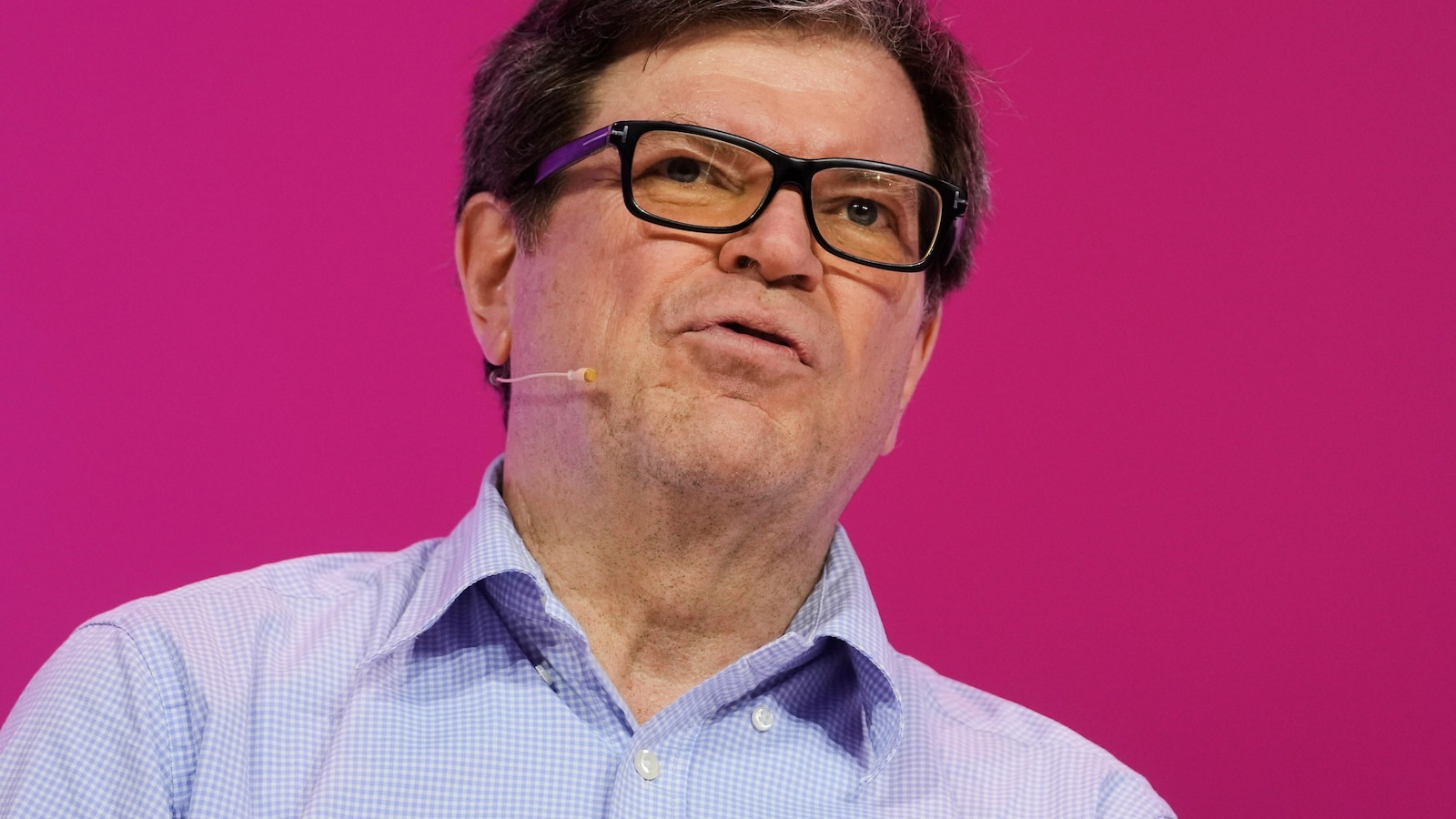The latest wage figures show no sign of wages growth powering inflation, as the real value of private-sector wages fell in the September quarter.
Other than inflation, the figures the Reserve Bank of Australia most keeps an eye on are the quarterly wages growth figures. These give us a sense of whether there is so much competition for jobs that employers are offering higher wages and workers can demand higher wages without fear of their hours being cut.
The RBA likes to think that the current level of unemployment means the job market is still “tight” (a polite way of saying they would like to see more unemployment). They believe there is too much competition for workers, and so wage growth will be strong and drive up prices.
And yet in the September quarter private-sector wages grew just 0.7%, down from 0.8% in the June quarter and 0.9% in the first three months of this year:
If the graph does not display click here
The annual figures also show that wage growth is slowing and the days of wages rising above 4% are behind us.
If the graph does not display click here
The slowing figures across the board did, however, bring one moment of unintentional hilarity, when the shadow minister for industrial relations, employment and small business, Tim Wilson, decided this was his chance to show off his economic acumen.
He quickly put out a media release noting that while private-sector wage growth was slower than this time last year “wages in the public sector rose to 3.8%, up from 3.7% a year earlier”.
That is true but then, displaying a level of comic ignorance that was missing from parliament during his time out of office, he suggested the Albanese government was to blame. He argued that “Australia’s economy is slowly sinking as the private sector is being outpaced by public spending”.
Alas for Wilson, had he read the Australian Bureau of Statistics webpage he would have seen the ABS explain that “state government pay rises contributed 82% of public sector wage growth” and that commonwealth public service pay contributed just 0.04 of a percentage point to quarterly public-sector wage growth – or 3.9% of the increase in public-sector wages.
That is the lowest contribution since 2017:
If the graph does not display click here
Also, while public-sector wages outgrew those in the private sector over the past year, that has been very much the exception. Since March 2021, public-sector wages have grown 14.2% compared with 15.2% wage growth in the private sector. The importance of that, however, is that in that same period prices have gone up 21.8% and the cost of living for employee households (which takes into account mortgage repayments) has risen 26.6%:
after newsletter promotion
If the graph does not display click here
Wilson may be interested to know that public-sector workers are the ones who have seen their real wages fall the most across the nation since March 2021:
If the graph does not display click here
This is the real problem of the wage figures – yes, wages are now barely growing faster than inflation. In the September quarter overall wages fell 0.6% in real terms, which wiped away a lot of the gains since March 2023. Since that time the value of real wages has increased 0.95%, but that still leaves real wages 4.6% lower than they were in March 2021.
What does that mean? Back then, average full-time earnings was about $90,000 a year. Now those $90,000 have the purchasing power of $85,862 – a loss of $4,138 worth of spending.
Even worse, because the recovery of real wages is expected to be so slow, if the estimates of the RBA in its most recent Statement on Monetary Policy come to fruition, it will take us until the middle of 2044 to get back to having a wage that has as much purchasing power as in March 2021:
If the graph does not display click here
Such a situation is what comes when the policy levers are all geared to treating wage growth as something to prevent – and worries about a “tight labour market” continue to remain even as wage growth slows below that of inflation.








